Discover the Fascinating World of Amphibians
Your Ultimate Guide to Frogs and Salamanders
Explore the diverse and captivating lives of amphibians, from their unique habitats to their essential care tips.
Frequently Asked Questions
Find answers to some of the most common questions about amphibians.
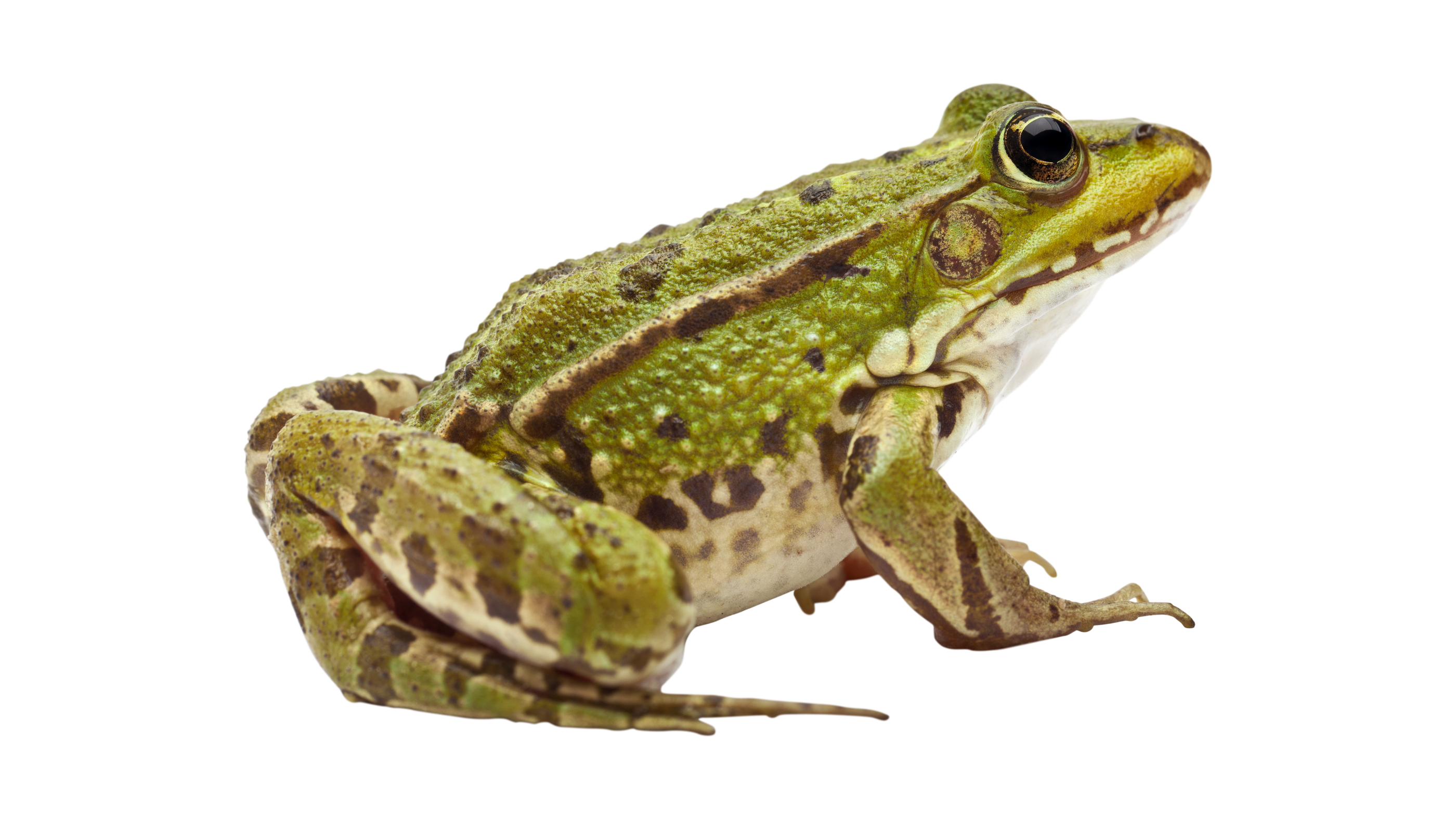
Still Have A Question?
Ask Butler!

Butler is our Ai Assistant and is here to answer any questions you have.
You will find Butler in the bottom right corner on every page.
Simply click on the dog icon, Ask Butler a question, and off he goes to fetch your answer.
Don’t worry. Butler comes back in a jiffy with your answer.
What do amphibians eat?
Pet frogs and salamanders primarily eat insects such as crickets, mealworms, and flies. Some larger species may also consume small fish or other amphibians. It’s essential to provide a varied diet to ensure they receive all necessary nutrients. Always feed them food that is appropriately sized to prevent choking.
How long do amphibians live?
The lifespan of amphibians varies widely by species. Some frogs and salamanders can live up to 20 years or more with proper care.
How do I care for a pet amphibian?
Caring for a pet amphibian involves maintaining a clean and suitable habitat, providing a balanced diet, and monitoring their health regularly. Specific care requirements vary by species.
How often should I clean their enclosure?
The enclosure should be spot-cleaned daily to remove any waste or uneaten food. A more thorough cleaning, including changing the substrate and disinfecting the enclosure, should be done every 2-4 weeks depending on the size and number of inhabitants.
What kind of habitat do they need?
Both frogs and salamanders need a habitat that mimics their natural environment. This typically includes a moist substrate, hiding spots, and access to water. The specific requirements can vary by species, so research the natural habitat of your specific pet. Temperature and humidity should be monitored and maintained within the species-specific range.
Can frogs and salamanders live together?
It is generally not recommended to house frogs and salamanders together. They have different habitat needs and could become stressed or even aggressive towards each other. Additionally, the presence of one species can introduce pathogens or parasites that could harm the other.
How can I tell if my pet frog or salamander is healthy?
A healthy frog or salamander will have clear eyes, smooth skin, and a healthy appetite. They should be active and alert. Signs of illness include lethargy, lack of appetite, weight loss, cloudy eyes, and skin abnormalities such as sores or discoloration. If you notice any of these signs, consult a veterinarian experienced with amphibians.
Do frogs and salamanders need UVB lighting?
Some species of frogs and salamanders require UVB lighting to synthesize vitamin D3, which is essential for calcium metabolism. However, not all species need UVB light, and providing too much can be harmful. Research the specific needs of your pet’s species to ensure you are providing the correct lighting.
How often should I feed my pet frog or salamander?
Feeding frequency varies with age and species. Generally, juvenile frogs and salamanders should be fed daily or every other day, while adults can be fed every 2-3 days. Monitor their weight and adjust feeding schedules to maintain a healthy body condition.
Do frogs and salamanders need UVB lighting?
Some species of frogs and salamanders require UVB lighting to synthesize vitamin D3, which is essential for calcium metabolism. However, not all species need UVB light, and providing too much can be harmful. Research the specific needs of your pet’s species to ensure you are providing the correct lighting.
Can I handle my pet frog or salamander?
Handling should be minimized as amphibians have sensitive skin that can absorb oils, lotions, and other substances from human hands, potentially causing harm. If handling is necessary, make sure your hands are clean and wet, and limit the duration to avoid stressing the animal.
Introduction to Amphibians
Understanding Frogs and Salamanders
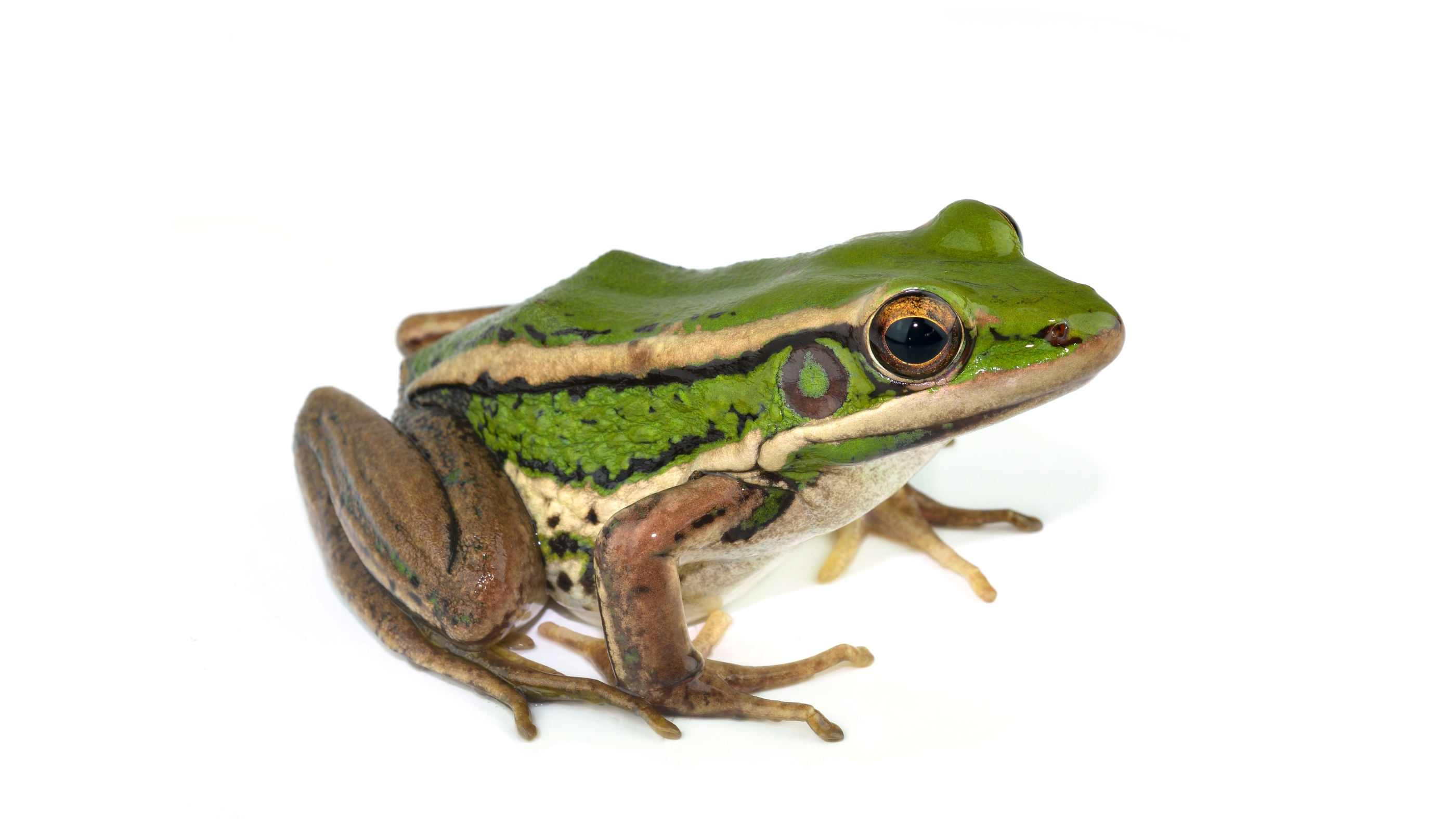
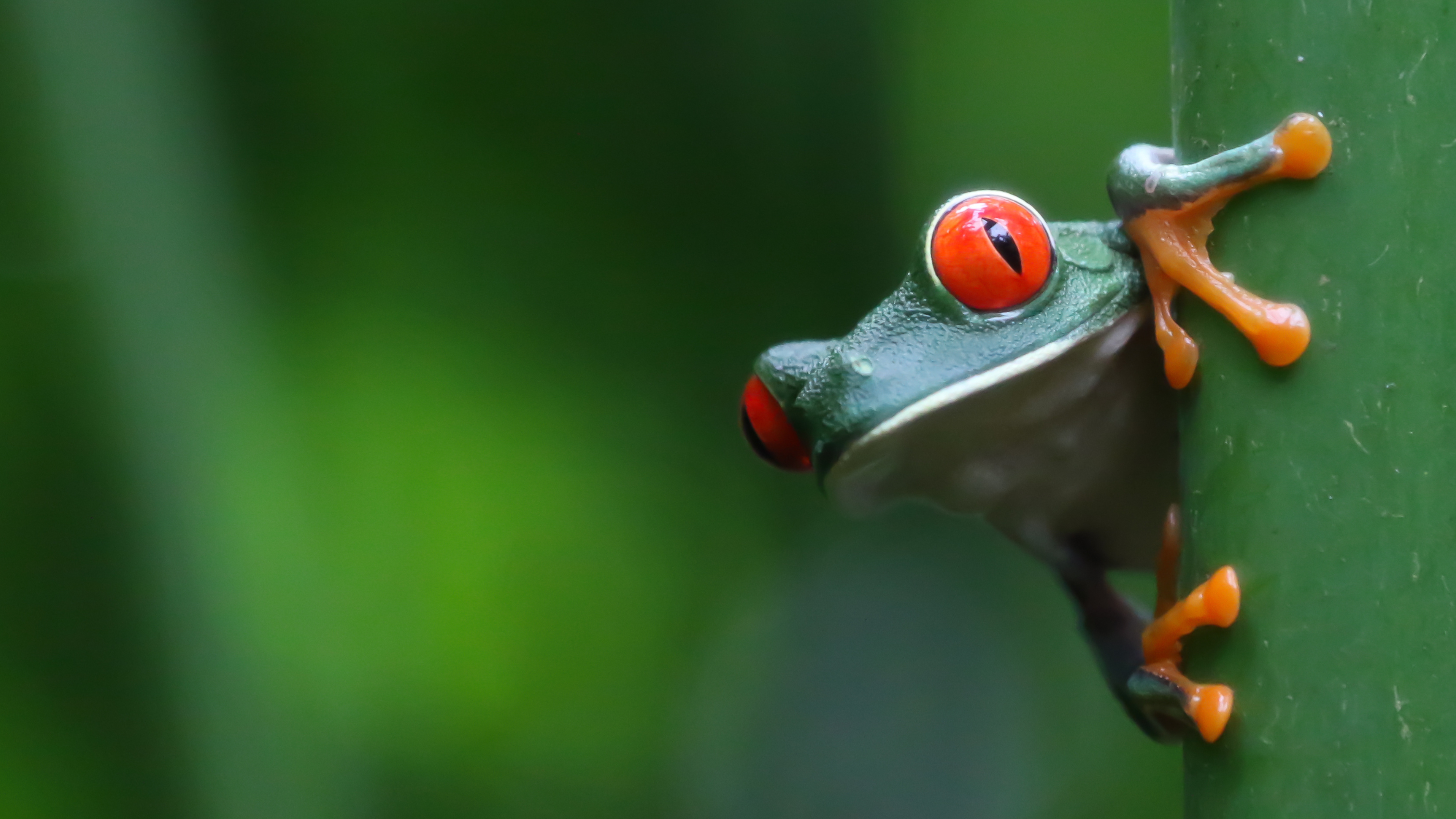
Amphibians are a unique class of animals that include frogs, salamanders, and newts. This guide will delve into the fascinating characteristics, habitats, and care requirements of these incredible creatures. Whether you’re a seasoned amphibian enthusiast or a curious beginner, you’ll find valuable information to enhance your knowledge and appreciation of these remarkable animals.
Caring for pet frogs, salamanders, toads, and newts involves creating an environment that closely mimics their natural habitat. These amphibians require a specific balance of temperature, humidity, and lighting to thrive. Most amphibians are ectothermic, meaning they rely on external sources of heat to regulate their body temperature. Therefore, providing an appropriate heat source, such as a heat lamp or under-tank heater, is essential. The temperature should be carefully monitored using a thermometer to ensure it stays within the species-specific range. Humidity is another crucial factor, as amphibians typically need a moist environment. This can be maintained by misting the enclosure regularly and using substrates like coconut fiber or sphagnum moss that retain moisture. Additionally, amphibians benefit from having hiding spots, such as logs, rocks, or artificial caves, to reduce stress and provide a sense of security.
Diet and water quality are also vital aspects of amphibian care. Frogs, salamanders, toads, and newts are primarily insectivores or carnivores, feeding on a diet of live insects such as crickets, mealworms, and earthworms. Some larger species may also consume small rodents or fish. It is important to provide a varied diet to ensure they receive all necessary nutrients. Calcium and vitamin D3 supplements should be dusted on the food regularly to prevent nutritional deficiencies. Clean, dechlorinated water should always be available, as many amphibians spend a significant amount of time in or around water. Water quality can be maintained by using a filter in aquatic or semi-aquatic setups and performing regular water changes. Avoid using tap water that contains chlorine or heavy metals, as these can be harmful to amphibians. Instead, use water conditioners specifically designed for reptile and amphibian enclosures. By paying close attention to these aspects of care, amphibian owners can create a healthy and stimulating environment for their pets.
To learn more about pet frogs and products, please visit this Amazon product page.

Content DiviAI and ChatGPT.com. Images Canva.com.
Salamander Varieties Comparison

Tiger Salamander
The Tiger Salamander is known for its striking yellow and black stripes. It has a diet consisting of insects, worms, and small invertebrates. They can live up to 15 years with proper care. An enclosure should include moist soil, hiding spots, and a water dish.
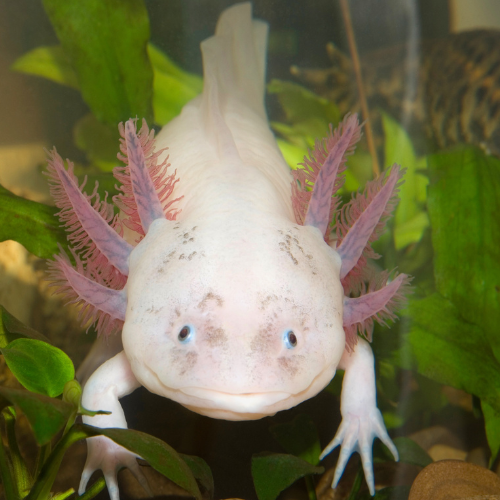
Axolotl
The Axolotl is a unique salamander that remains aquatic throughout its life. Its diet includes small fish, worms, and specialized pellets. Axolotls can live up to 10-15 years. They require a tank with clean water, hiding places, and a gentle filtration system.
Top 10 Frog Selections - Description Below
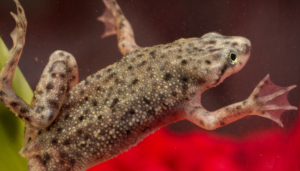 1. African Dwarf Frog
1. African Dwarf Frog
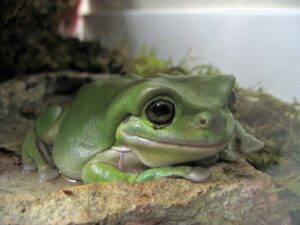 3. White’s Tree Frog
3. White’s Tree Frog
(Dumpy Tree Frog)
 3. Pacman Frog
3. Pacman Frog
 3. Red-Eyed Tree Frog
3. Red-Eyed Tree Frog
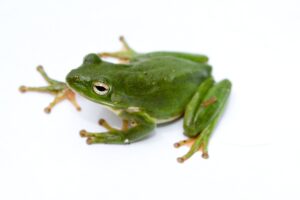 3. American Green
3. American Green
Tree Frog
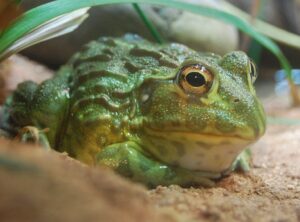 6. African Bullfrog
6. African Bullfrog
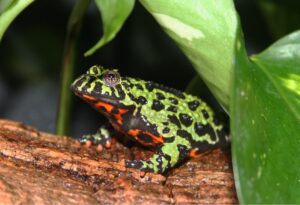 7. Fire-Bellied Toad
7. Fire-Bellied Toad
 8. Amazon Milk Frog
8. Amazon Milk Frog
 9. Tomato Frog
9. Tomato Frog
 10.Budgett’s Frog
10.Budgett’s Frog
1. African Dwarf Frog
African Dwarf Frogs are small, fully aquatic frogs that thrive in community aquariums. They require a tank with plenty of hiding spots and gentle filtration. Their diet consists mainly of aquatic invertebrates, frozen or live bloodworms, and brine shrimp. With proper care, they can live for up to 5 years.
2. White’s Tree Frog (Dumpy Tree Frog)
White’s Tree Frogs are known for their docile nature and ease of care. They require a humid terrarium with plenty of branches and hiding spots. Their diet includes crickets, mealworms, and other insects. These frogs can live up to 15 years in captivity.
3. Pacman Frog
Pacman Frogs are large, terrestrial frogs that need a moist substrate and a water dish for soaking. They primarily eat insects, small rodents, and other frogs. With proper care, they can live up to 10 years.
4. Red-Eyed Tree Frog
Red-Eyed Tree Frogs are arboreal and require a vertical terrarium with plenty of plants and branches. They thrive in a humid environment and eat crickets, moths, and other insects. These frogs can live up to 5 years.
5. American Green Tree Frog
American Green Tree Frogs are popular for their vibrant green color. They need a humid terrarium with plants and branches for climbing. Their diet consists of crickets and other small insects. They can live up to 6 years.
6. African Bullfrog
African Bullfrogs are large, robust frogs that require a spacious enclosure with a water dish for soaking. They eat insects, small mammals, and other amphibians. With good care, they can live up to 20 years.
7. Fire-Bellied Toad
Fire-Bellied Toads are semi-aquatic and need a tank with both water and land areas. They are known for their bright belly coloration. Their diet includes crickets, mealworms, and other insects. They can live up to 15 years.
8. Amazon Milk Frog
Amazon Milk Frogs require a humid, vertical terrarium with plenty of climbing space. They eat crickets, roaches, and other insects. With proper care, they can live up to 8 years.
9. Tomato Frog
Tomato Frogs are terrestrial and need a moist substrate with plenty of hiding spots. Their diet includes crickets, worms, and other insects. These frogs can live up to 10 years.
10. Budgett’s Frog
Budgett’s Frogs are fully aquatic and require a tank with both land and water areas. They have a unique appearance and a voracious appetite for insects, fish, and other frogs. They can live up to 15 years.
To learn more about pet frogs and products, please visit this Amazon product page.
Ready to Dive Deeper into the World of Pets?
Ask Butler!
Still have questions about finding the perfect pet? Click on the Ask Butler icon in the bottom right and watch Butler fetch your answer!

Have a Pet Health Question?
Ask our virtual vet – VET ON CALL. Click on GREEN ICON BOTTOM LEFT.
Not a substitute for a real vet. If your pet is sick or injured please contact a local vet.

Vet On Call
When you purchase through links on our site, we may earn an affiliate commission.
FAQ’s: ChatGPT.com | Top 10 Frog list ChatGPT.com |Frog Gallery images: wikipedia.org | All other images Canva.com | Site logo designed by author | Vet On Call and Butler Created by Author powered by ChatGPT
Partner Sites Wordi Ask Me Bard Stir Discovr tweeted Deepfake Tattoo Chat Assistants Short Film Under Construction Pet Advice CEU’s Mecca
Ai Assistants: Go to ChatGPT.com. Enter the @ followed by name of bot Butler Vet On Call Ask Me 8 Stir Sum MY PY CEUQ My WP
Coming Soon PhysicianBurnout.com AiVanGogh.com MuhammadAi.com MisinformationAi.com FairyTaleGPT.com dot Rose Mo 请 (Qǐng)
Contact Us Email

